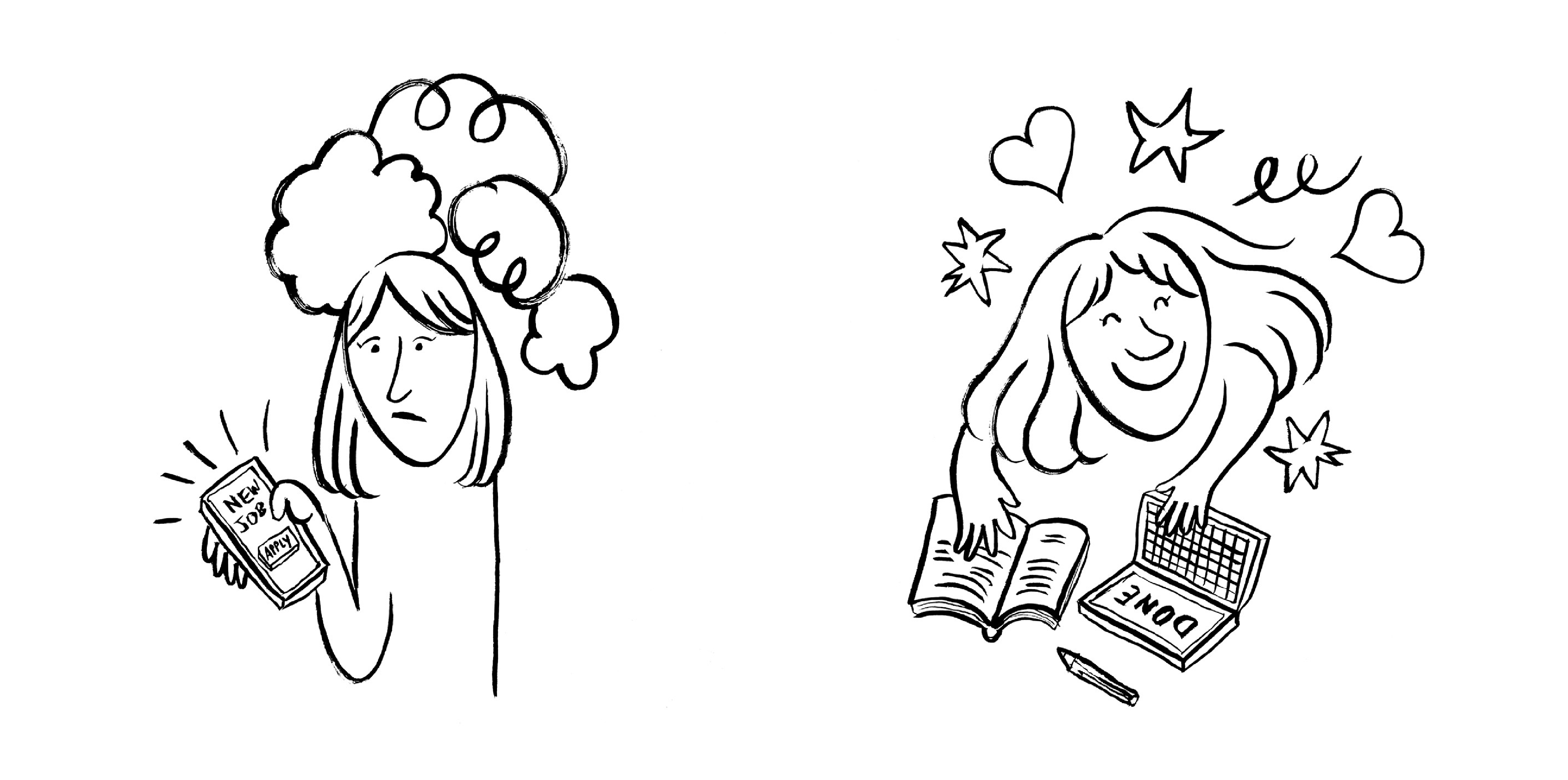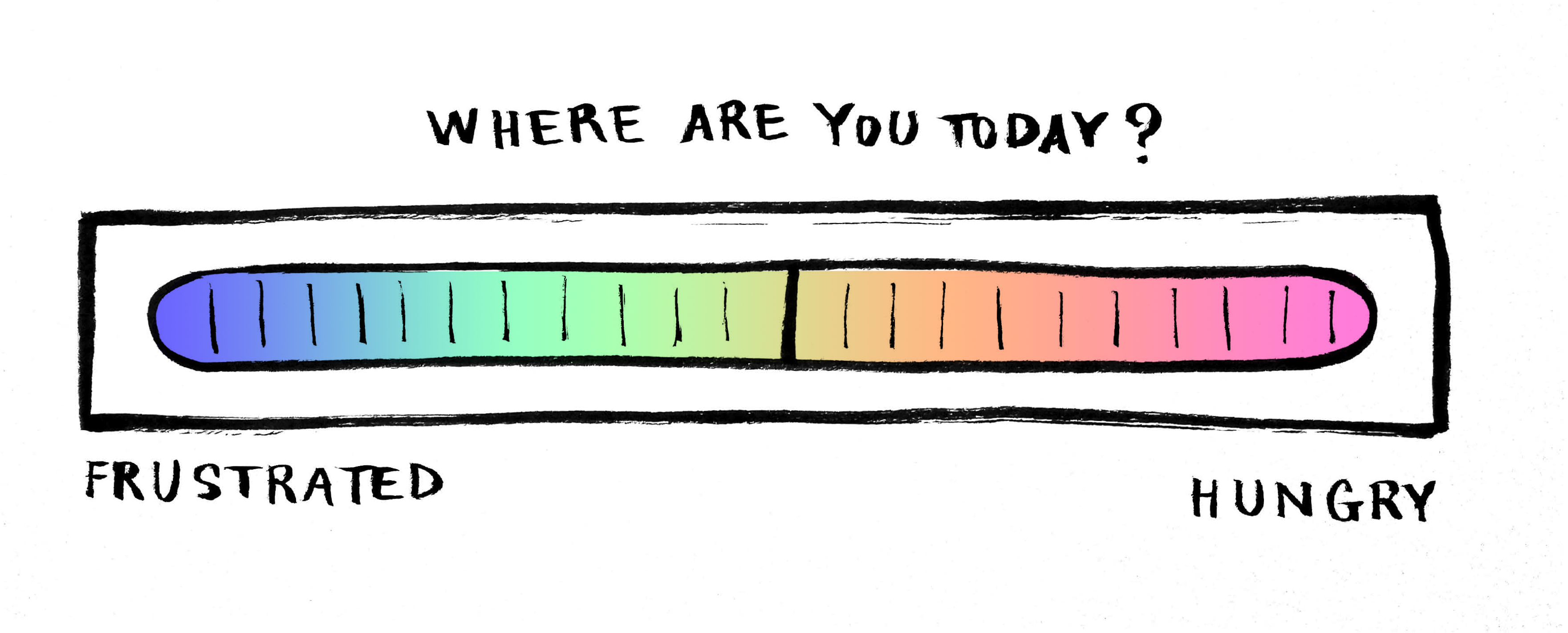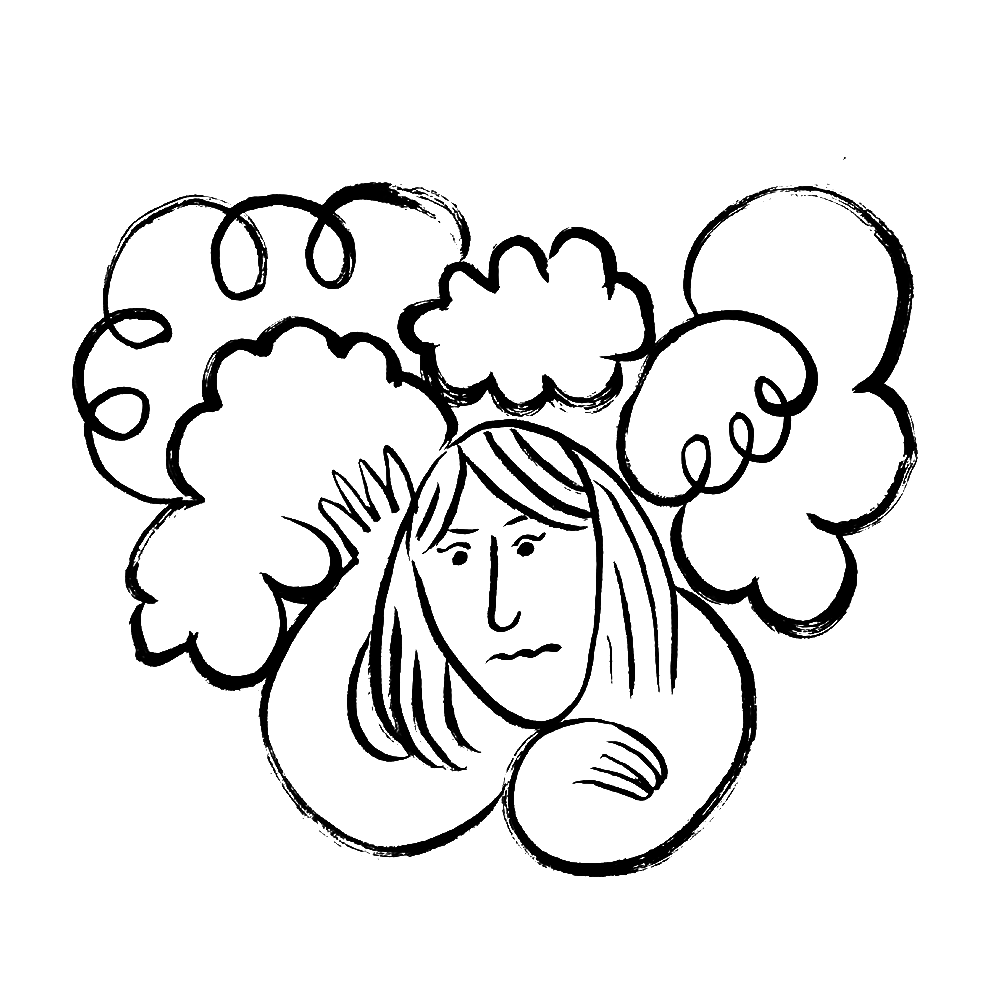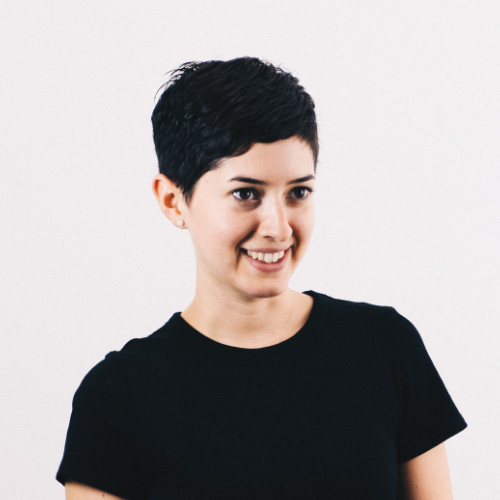Friends sometimes remarked how excited and happy I was about my job. I used to nod my head and downplay it. Guilt and pride surfaced at the same time for loving what I do. Then, I would spend some time reflecting on why didn’t everyone feel the same way about their job?
Questioning friends about their passions became the only tool I had to help them find a career fueled by drive. I inquired as if there was a flowchart of key decisions to take, as if there was a magic formula. I insisted because I deeply believed that everyone should find a path to a fulfilling career, simply because my life felt that way.
Since that really didn’t work for helping my friends, I started observing and trying to figure out what motivates me. How do I push myself for high quality work? What keeps me from complaining? How do I stay engaged in what I do?
After a few years of working in differently sized organizations and cultures, I am discovering that a fulfilling career is a series of choices, but not necessarily the ones we think — like changing jobs, asking for a raise, or being promoted — but about the choices we make everyday when we show up to work.
A fulfilling career is a spectrum, not a ladder. It’s about how we move through it everyday, as designers, as partners, as humans. On one side of the spectrum we have frustration and on the opposite hunger.
The frustrated designer
A frustrated designer is someone who is tired of everything at work. She looks around and complains every chance she has, sometimes it’s about her boss, sometimes her co-workers, other times, her clients. The tasks she’s been given are often boring and banal. She’s lost hope in the leadership and believes life happens outside the office. She lives for the weekends. She tells herself she deserves that glass of wine before bed, that today is ok to skip that yoga class. She is tired, sleepy, out of energy — or so she says. She’s exhausted because her scarce energy is used in finding things that are wrong.
She dreads Mondays. She avoids talking about the aspects of her work that she enjoys, because they are overshadowed by the tyrannic people she thinks she works with. She sometimes says “It’s not my problem, I just do the mockups.” Once in a while, she rolls her eyes while saying “I don’t know, that is way above my pay grade.” Some days she believes she is burnt out and that she must switch professions. She reads job descriptions online and imagines how her life would be much better in that utopian place.
She avoids responsibility and steers clear of uncomfortable conversations. She finds peace in knowing that she did everything that was in her hands, even though she knows she stripped her hands bare from conflict early on. What surrounds her is blame, lack of commitment, and mostly fear. Fear of transforming, of becoming, of evolving, of falling out of love, of closing a chapter. Fear that she is not enough.
But beware, frustrated designer, fury is toxic.
The hungry designer
A hungry designer is someone who wakes up with the desire to go to work, to out-do herself. She does things that nobody asked her to, and often surprises people around her. Some people think she is competing against them, but truth be told, she is only competing with her yesterday’s self.
She focuses on mastering the ordinary tasks, because she knows these will save her time in the future. She loves to leave space for the complex things she’s never done before; diving fully, completely, and wholeheartedly into the unknown. When she is blocked, she pats herself on the back, and tries again, promising herself she will give it an honest chance.
She is proactive, sometimes too much. She doesn’t stop with a simple no, she searches for the why. She craves the big picture, so she can own a piece. She tries her best to deliver not only what was asked, but also to adjust to what is best for that given moment. She understands her clients as if they were eternal user interviews: understanding, open, but oriented towards a specific goal.
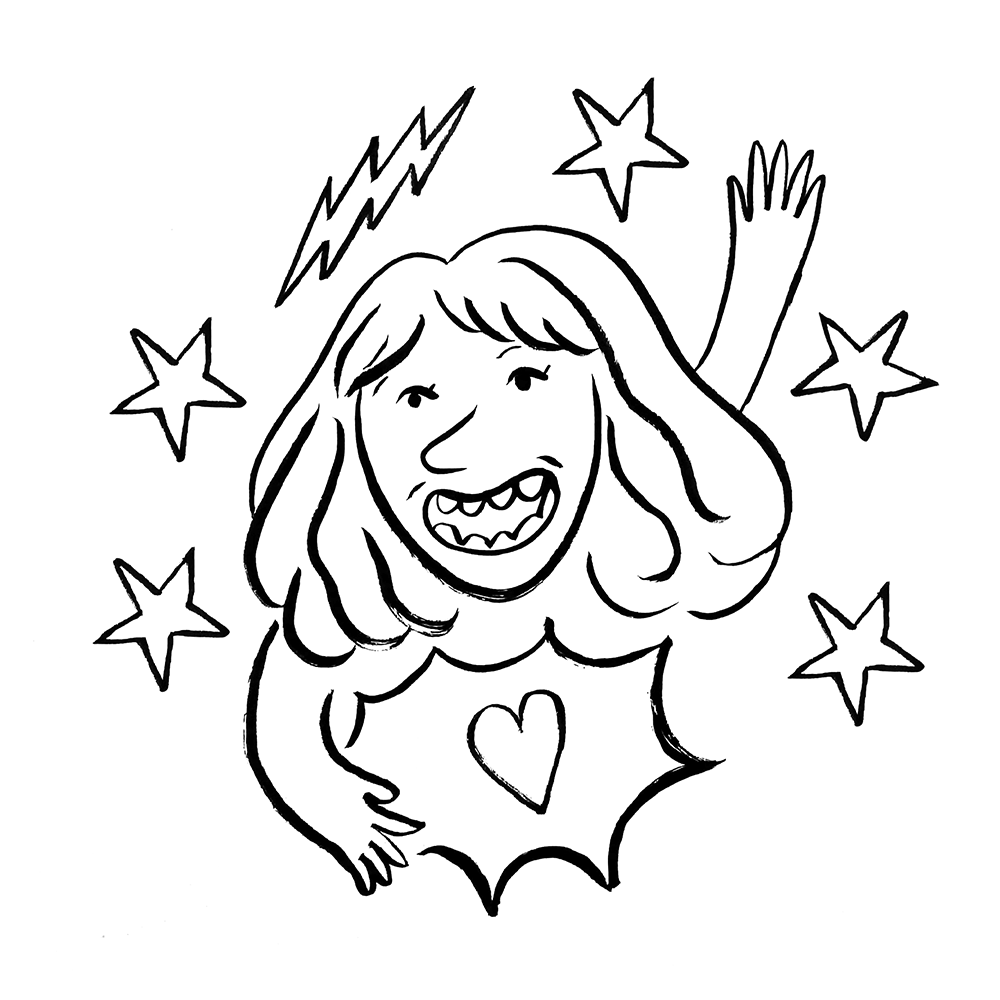
She is vocal and unafraid of candid conversations. She asks for clarity — often. She is relentless, sometimes selfish, and to some she seems overly ambitious. A woman of stamina. Even though she knows being hungry requires time for herself, to recharge and refuel, she sometimes drains herself only to keep pushing.
But beware, hungry designer, famine is taxing.
So what…
To the frustrated designer, I must tell you, to be truthful. To your uttermost self. Shed that afraid being that is possessing you. Shake your body until you’re back, feeling something else other than anger and mistrust. Be blunt and intimately honest. Play your favorite tune, and move from that lonely dune. Come back to yourself through doing, heal yourself with action. Know that under the struggle mask you’re wearing, you can only come back to yourself by daring.
To the hungry designer, I must tell you, to be kind. To your uttermost self. To that relentless firecracker inside you. Take the time to decompress, slow down, and observe in silence. Retrospect with a loving, tender eye, creating space for the new, while assimilating your current view. Let your judgement stay at bay, and sigh to all you did or didn’t do today. Tomorrow will be a better day.
Regardless of who you are at this exact moment, take time to often check in with yourself and understand where you are on the spectrum. You won’t always be in the extreme ends, and that’s ok. Ask yourself where you are, and acknowledge it, feel it. Then, decide which side you want to move towards.


